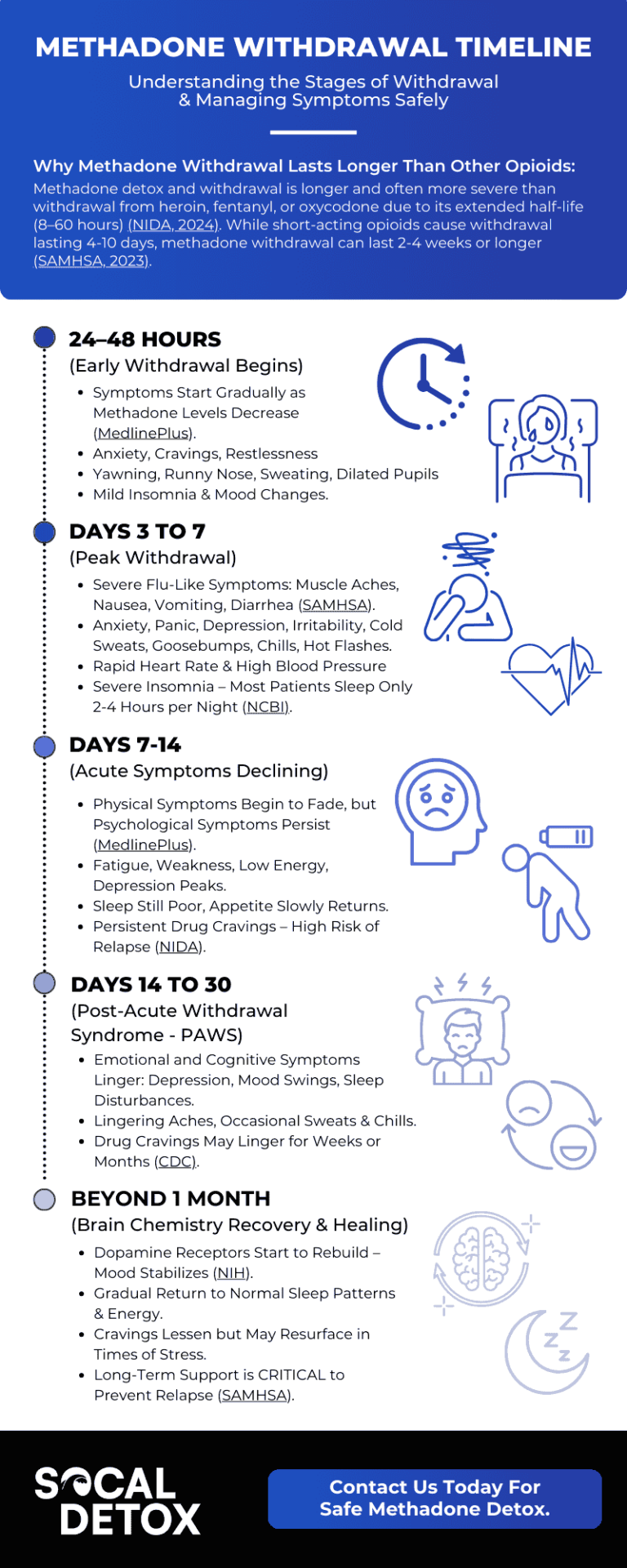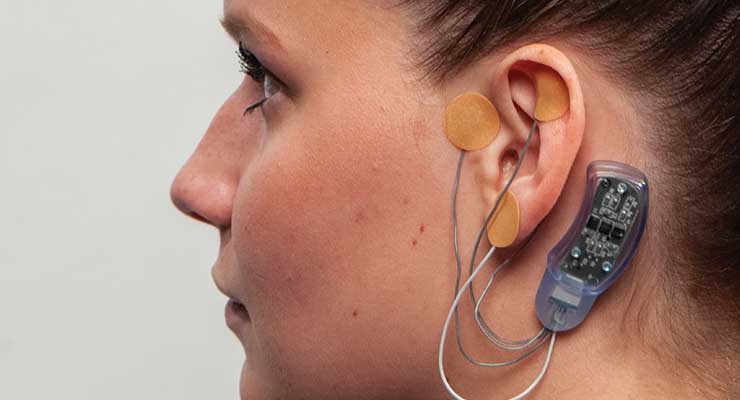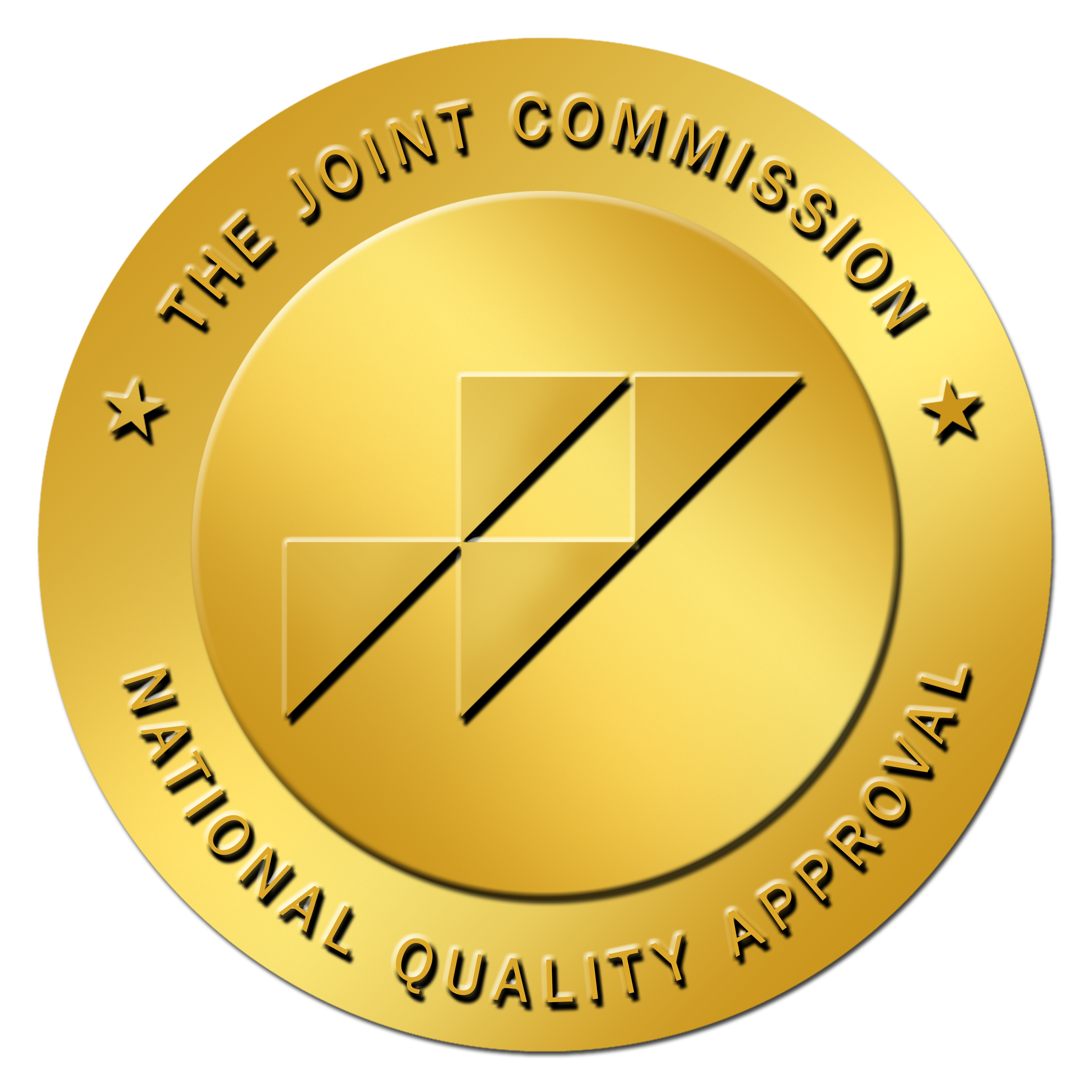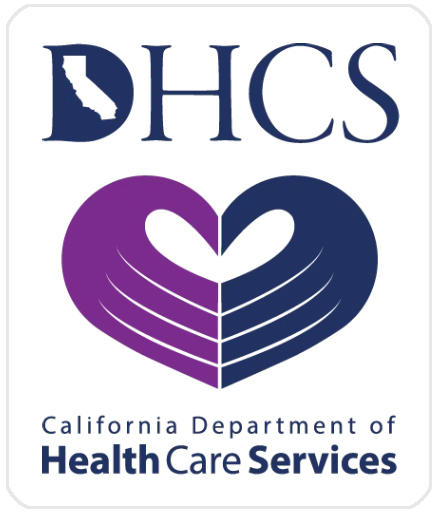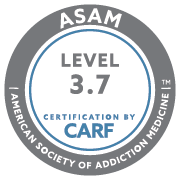Methadone Detox in Southern California
SoCal Detox, Providing Detox for Methadone, Including High Dose Methadone Withdrawal Management




We’re In-Network With

The Most Advanced Methadone Detox Available
Why Is Methadone Detox So Difficult?
Methadone withdrawal can last weeks or even months, with severe symptoms including intense body pain, insomnia, nausea, and extreme cravings. Due to its long-lasting effects on brain chemistry, individuals detoxing from methadone require specialized treatment to avoid complications, relapse, or severe distress.What Is Methadone and How Does It Work?
Methadone is a long-acting synthetic opioid agonist developed in the 1930s by German scientists as an alternative to morphine. It was introduced in the United States in the 1940s and later became a key component of opioid addiction treatment in the 1960s. Today, methadone is widely used in medication-assisted treatment (MAT) programs to help individuals recover from opioid use disorder (OUD).How Methadone Works in the Body
Methadone affects multiple systems in the body, making it one of the most complex opioids used in medical settings.1. Interaction with Opioid Receptors
Methadone is a full opioid agonist, meaning it binds fully to mu-opioid receptors in the brain, just like heroin and fentanyl. However, unlike short-acting opioids that cause an immediate rush or “high,” methadone is designed to release slowly and last much longer in the body.- Reduces Opioid Withdrawal Symptoms – By binding to opioid receptors, methadone prevents withdrawal symptoms that occur when someone stops using opioids like heroin or oxycodone.
- Blocks the Effects of Other Opioids – When taken at stable doses, methadone occupies opioid receptors, making it harder for other opioids to attach, which reduces the ability to get high from heroin or fentanyl.
- Produces a Mild Euphoric Effect – At prescribed doses, methadone does not cause significant euphoria, but at higher doses or when misused, it can be abused.
2. Long Half-Life and Accumulation in the Body
Methadone has a half-life of 24 to 60 hours, which is much longer than heroin (2-3 hours) or oxycodone (4-6 hours). Because of this:- It only requires once-daily dosing in supervised treatment settings.
- Methadone builds up in the body over time, meaning repeated doses can lead to accumulation and toxicity if not carefully monitored.
- Withdrawal from methadone takes longer than other opioids, often lasting weeks or even months.
3. Central Nervous System Effects
Methadone is a central nervous system (CNS) depressant, meaning it slows down brain activity, breathing, and heart rate. This makes it effective for pain relief and withdrawal management but also significantly increases the risk of overdose and respiratory depression.- At therapeutic doses: Methadone stabilizes brain chemistry and allows individuals to function without cravings or withdrawal.
- At high doses or when combined with other depressants: Methadone can cause respiratory suppression, unconsciousness, and death.

Methadone in Medication-Assisted Treatment (MAT)
Methadone is a core component of MAT for opioid use disorder, used in combination with behavioral therapy and support programs. The goal of MAT is to:
- Reduce opioid cravings and withdrawal symptoms
- Prevent illicit opioid use
- Stabilize individuals so they can focus on recovery
Methadone treatment is highly regulated and only available through specialized opioid treatment programs (OTPs) licensed by the Drug Enforcement Administration (DEA) and Substance Abuse and Mental Health Services Administration (SAMHSA).
However, while methadone is effective in harm reduction, it is not a cure for addiction and comes with its own risks.
The Risks and Controversies of Methadone Use
Physical Dependence and Withdrawal
Methadone is highly addictive, and long-term use alters brain chemistry, making withdrawal one of the longest and most difficult among opioids.- Methadone withdrawal can last 3-6 weeks, compared to 4-10 days for heroin withdrawal.
- Post-Acute Withdrawal Syndrome (PAWS) can last months, causing depression, anxiety, fatigue, and drug cravings.
Overdose Risk and Respiratory Depression
Methadone is responsible for a significant percentage of opioid overdose deaths due to its long half-life and delayed onset of peak effects.- Deaths from methadone overdose often occur because users take extra doses, not realizing that methadone accumulates in the body.
- Mixing methadone with alcohol or benzodiazepines (like Xanax or Valium) greatly increases the risk of respiratory failure and death.
Heart Health Risks
Methadone has been linked to QT interval prolongation, a condition that affects heart rhythm and can lead to sudden cardiac arrest.- Individuals on high-dose methadone should have regular ECG (electrocardiogram) monitoring.
- Patients with pre-existing heart conditions may not be suitable candidates for methadone therapy.
Methadone as a Harm Reduction Tool vs. a Long-Term Trap
There is ongoing debate about whether methadone helps people recover from addiction or simply replaces one opioid with another.- Some argue that methadone saves lives by preventing withdrawal and relapse.
- Others believe that many individuals become dependent on methadone for years or decades, unable to taper off.
- High-dose methadone detox programs, like those at SoCal Detox, exist to help people transition off methadone safely.

Who Needs Methadone Detox?
Methadone detox is recommended for individuals who:
- Have been on methadone for an extended period and want to stop
- Are experiencing negative health effects from long-term methadone use
- Have developed a high tolerance and need high-dose methadone detox
- Want to transition from methadone to non-opioid treatment options
SoCal Detox specializes in high-dose methadone detox, offering medically supervised withdrawal, alternative therapies, and advanced treatments like the Bridge Device to ensure a safer, more comfortable detox process.
The Bridge Device: A Game-Changer for Methadone Detox
SoCal Detox is one of the few facilities specializing in high-dose methadone detox using the Bridge Device, a breakthrough non-opioid treatment for withdrawal relief.
What Is the Bridge Device?
The Bridge Device is an FDA-cleared neurostimulation device that works by sending electrical pulses to cranial nerves in the ear, significantly reducing withdrawal symptoms within 30–60 minutes. It offers:- Immediate pain and symptom relief without additional opioids (NCBI, 2023).
- A safer, non-pharmaceutical alternative for detox support.
- Reduction in withdrawal intensity by up to 85% in the first 48 hours (FDA, 2024).
- Increased success rates in completing detox and transitioning into recovery.
Why the Bridge Device Makes SoCal Detox Different
Unlike traditional detox centers that rely only on medication-assisted treatment (MAT), SoCal Detox integrates the Bridge Device to:- Reduce suffering in high-dose methadone detox, making withdrawal more manageable.
- Improve retention in treatment, lowering the risk of relapse in the first week.
- Allow for a more natural detox, minimizing reliance on opioid replacements like buprenorphine or clonidine.

What Happens After Detox?
Methadone detox is just the first step in recovery. SoCal Detox offers seamless transitions into long-term treatment, including:
- Residential Treatment Programs – Inpatient rehab with structured therapy.
- Partial Hospitalization & Outpatient Programs – Continued medical and psychological support.
- Medication-Assisted Treatment (MAT) with Vivitrol or Naltrexone – Non-addictive options for relapse prevention.
- Therapeutic Support – CBT, DBT, trauma therapy, group counseling.
- Relapse Prevention Planning – Personalized strategies for long-term success.
(For more on opioid addiction recovery, visit SAMHSA.)
Comprehensive High-Dose Methadone Detox at SoCal Detox
1. Expert Medical Supervision & Personalized Treatment Plans
- Specialized care for high-dose methadone users (40mg+ per day).
- Comprehensive health assessments to ensure a safe detox.
- Gradual tapering plans tailored to individual needs.
2. Medication-Assisted & Holistic Detox
- The Bridge Device – FDA-approved neurostimulation for withdrawal relief.
- Buprenorphine or Clonidine – To ease physical discomfort if needed.
- Anti-nausea, pain management, and sleep support medications.
- Hydration & nutritional therapy – Essential for recovery.
- Holistic treatments – Yoga, meditation, and breathwork for stress reduction.
3. 24/7 Medical Monitoring
- Medical professionals on-site around the clock.
- Heart rate, blood pressure, hydration, and mental health monitoring.
- Emergency care readiness for high-risk cases.

Frequently Asked Questions (FAQ)
Methadone withdrawal can be severe and, if not managed properly, can lead to complications such as dehydration, heart issues, and relapse. Medical supervision is strongly recommended.
The acute withdrawal phase typically lasts 2-4 weeks, but post-acute withdrawal symptoms (PAWS) can persist for months. Each person’s timeline varies based on dose, duration of use, and individual health factors.
SoCal Detox specializes in high-dose methadone detox, offering advanced medical treatments, the Bridge Device, alternative therapies, and 24/7 medical supervision to ensure a safer and more comfortable detox.
Most clients benefit from medication-assisted treatment (MAT) such as buprenorphine, clonidine, or supportive medications for nausea, pain, and sleep issues. The treatment plan is customized to each individual.
After detox, clients are encouraged to transition into long-term treatment programs to build the skills and support needed for lasting recovery. SoCal Detox helps guide each client into the right next steps.
Why Choose SoCal Detox for Methadone Detox?
- One of the few facilities specializing in high-dose methadone detox.
- Cutting-edge technology with the Bridge Device for symptom relief.
- Comprehensive, alternative-based approach combining medical & holistic treatments.
- 24/7 expert medical support for the safest detox possible.
- Proven track record of successful long-term recoveries.

